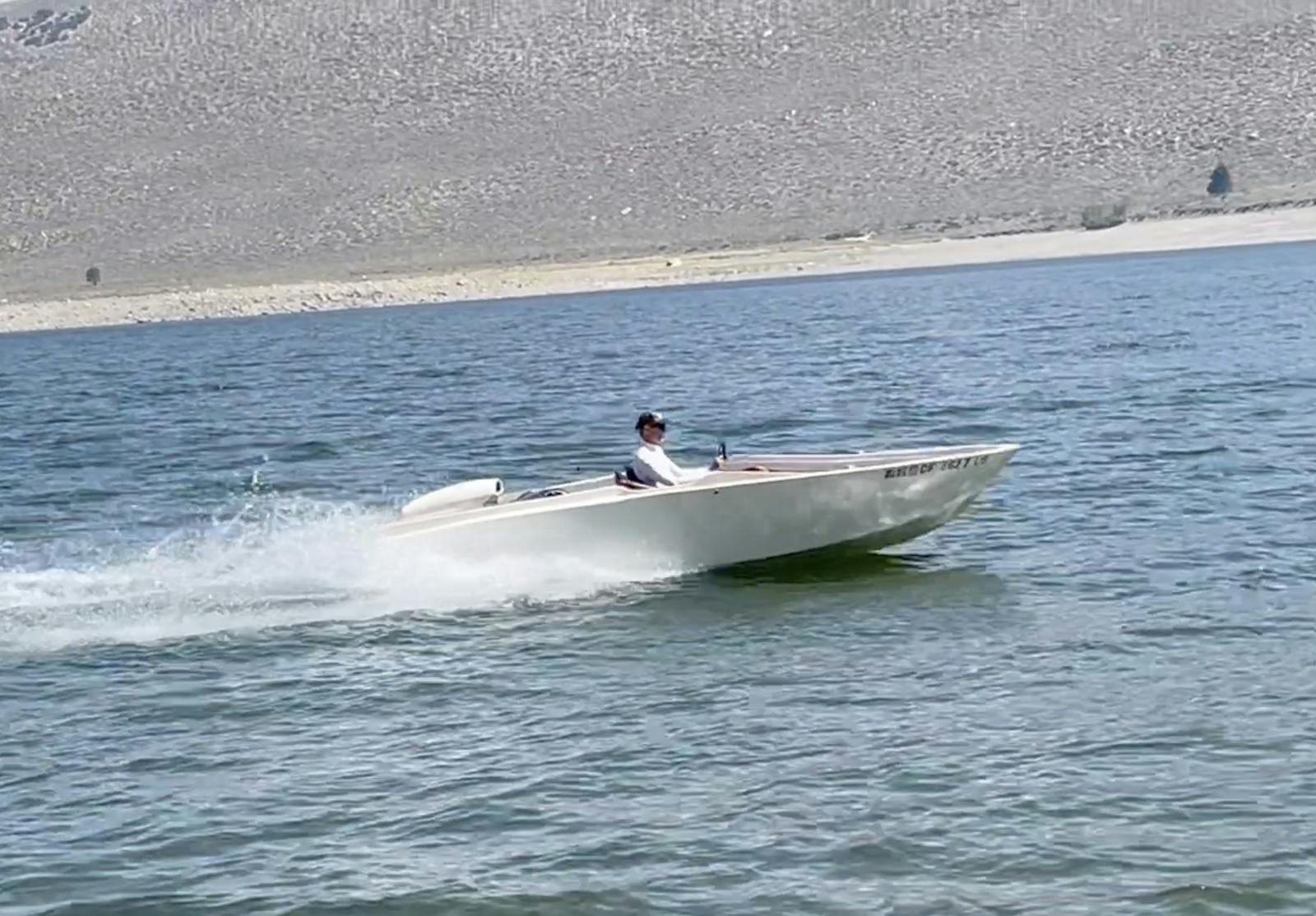How Chrysler Marine led the industry and changed one man’s life
David Kain, a boating enthusiast from Saginaw, Mich., came across an unusual boat a number of years ago. It was a mid-1970s Chrysler S-III Conqueror, and it would change his life.
“When I bought my S-III Conqueror, I had no idea of its rarity,” he said. It was in need of serious restoration work, but he couldn’t find anyone specializing in Chrysler fiberglass boats. So, he took the task on himself.
Since then, he has been on the hunt for anything related to Chrysler’s marine products: More boats, brochures, memorabilia, manuals and especially spare parts. He has proudly displayed the Conqueror, and other Chrysler boats subsequently acquired, for years at events like the Mopar Nationals and Chrysler Marine Nationals.
He also has a burgeoning business now – Hurrikain Marine Products – he calls the one “true source” for Chrysler Marine parts, restoration work and maintenance.
Chrysler-branded boats, once industry sales leaders, have become valued collectibles, not to mention as rare as proverbial hen’s teeth. Their scarcity is a function of their fiberglass construction, which almost insures their eventual demise.
Almost from its inception, Chrysler, the automotive giant, had an interest in boating. Its founder, Walter P. Chrysler, was keen on boat racing and a fan of the storied Gold Cup contested on the Detroit River.
So it was not a complete surprise to see two 100-horsepower, 289-cubic-inch Chrysler Imperial “Red Head” L-6s powering an entry in the 1926 Gold Cup. A second place finish only whetted Chrysler’s interest; more horsepower, more engines and more successes followed apace. Competitors such as Chris-Craft, Garwood and Sea Lyon were soon vying for Chrysler engine contracts.
Chrysler’s vaunted engineering expertise, quality construction, assembly line methods and volume pricing provided a stimulus, long absent, to the nascent pleasure boating industry. Over the next several decades, Chrysler Marine products would come to dominate that industry.
But by the 1960s, Chrysler saw that it was something of a victim of its own successes: Its engines were better – particularly from a durability standpoint – than most of the boats they were being installed in.
Over the next 15 years, Chrysler began designing and manufacturing complete lines of inboard and outboard motors, Chrysler-branded boats and even trailers. They offered a wide range of small fishing boats, large cabin cruisers and speedboats like the Conqueror. Models often shared the names – not to mention parts, like steering wheels and upholstery – of their cars, such as Fury, Charger and Valiant. The boats featured industry-leading streamline designs said to ride “atop the water” and foam-filled spaces between decks and hulls that made them almost unsinkable.
Chrysler offered dozens of different engines, from tiny trolling motors to big displacement racers; “Miss Chrysler Crew”, powered by dual 1,000-horsepower Keith Black-built 426 Hemi V-8s, was a terror on the late 1960s unlimited hydroplane tour. For a time, it was possible to buy a Chrysler vehicle, boat and trailer all painted in matching racing team livery.
Chrysler even produced a very popular line of sailboats.
But it all came to an end by the early 1980s when Chrysler sold everything as a condition of a government bailout necessitated by their struggling automotive operations. Its engine and boat designs have lived on, in a number of other manufacturers’ products.


